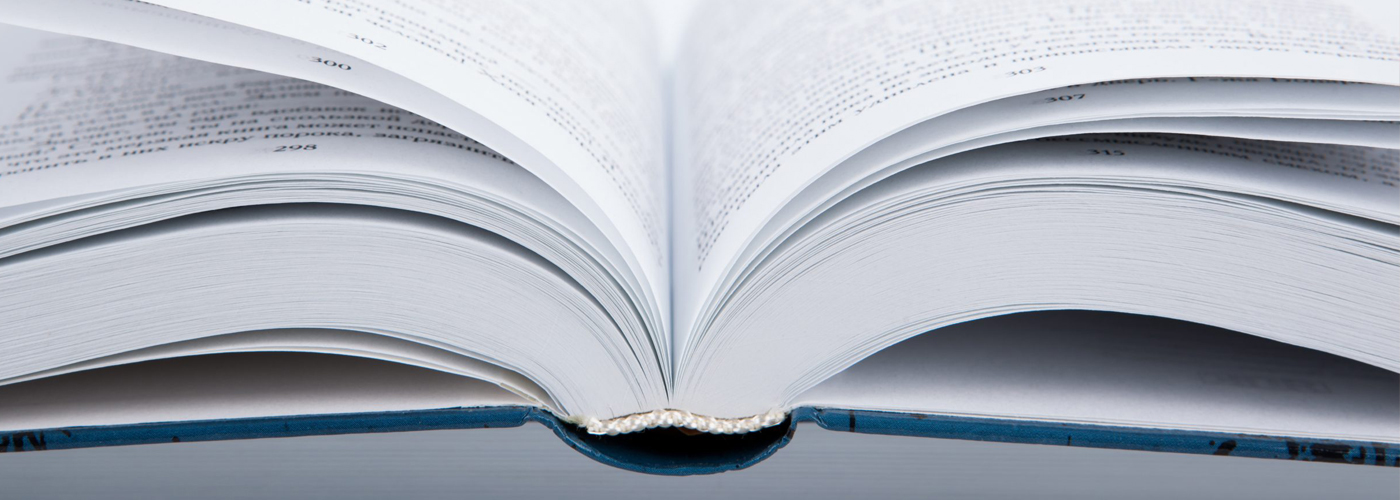
Sewn binding is one of the oldest binding methods in history, and it is still the most durable form of binding for printed products today. Sewn binding is a process which utilizes thread sewn through printed signatures to bind them together.
|
Sewn binding, a time honored craft, is one of the most durable forms of binding for printed products today. It involves using thread to sew printed signatures together, creating a robust and long-lasting publication. There are several types of sewn binding, but Smyth sewing is the most prevalent. This method is often used for hardcover or casebound publications, but it can also be applied to softcover products. Sewn binding is ideal for premium novels, illustrated books, children’s books, textbooks, yearbooks, large catalogs, and coffee table books. The Process of Sewn Binding The process of creating a sewn-bound publication can vary depending on the machinery and binderies, but the fundamental steps remain consistent.
The process begins with folded signatures, which are groupings of pages printed on both sides of a large sheet and folded together. In Smyth sewing, thread is sewn through the middle of each signature and into the center of the next signature in a looping motion. Another method, known as McCain or side stitching, involves sewing thread down through the sides of all the signatures at once.
Before the sewn book block is bound with a hard or soft cover, the threads on the spine are compressed to reduce thread buildup and expel excess air. This process, known as nipping or smashing, helps shape the spine to fit effectively into its cover. The stitched book blocks are then sent to a binder where they are glued and trimmed.
For case binding, the sewn book block receives bracket tape in addition to being glued off, and the book block is trimmed before casing in. For softcover binding, glue is applied to the spine of the book and the cover is attached before it is trimmed to size. Applications of Sewn-Bound Products Sewn binding is a popular method for premium printed products that require exceptional quality. However, this option can increase the cost and production time. Thread sewing ensures a greater resistance to wear from years of frequent use, and sewn binding including adhesives provides more reinforcement to the spine and page stability than sewn binding alone. Publications produced through sewn binding are most often used for hardcover or casebound printed products because sewn binding results in more durable, layflat books. Unlike perfect binding, sewn binding is suitable for publications with heavier papers.
Enhancements can include edge treatments, headbands, and bookmarks. Edge treatments include enhancements like edge staining and gilding, where dyes, colorants, or gold leaf is applied to the non-spine edges of the book block. Headbands are strips of decorative cotton or silk that are attached to the top and bottom of the spine, and bookmarks are cord or ribbons which are attached to the top of the spine to serve as ornamental placeholders.
Sewn binding creates a durable finished product, and it is the most suitable binding technique if a long-lasting, professional publication is desired. This is particularly beneficial when its readers will appreciate the craftsmanship of the finished piece. |
| Tag:book sewing,sewn binding,sewing |
Please Leave Your Messenger Here!
We will do our best to make your business prosperous!




